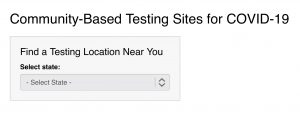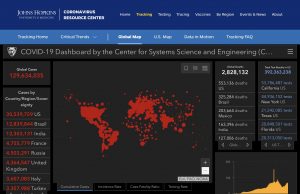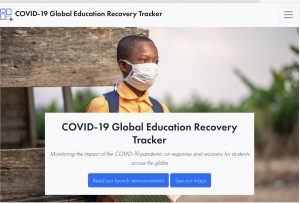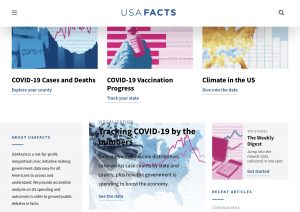This is our Quick Guide on Covid-19 info and key resources:
EMERGENCY
If you or someone is having difficulty breathing or is an emergency, call 911 immediately
Why you need the Shot
COVID-19 is a vaccine-preventable disease. More, everyone 5 or older in the United States can now get a free vaccine regardless of their immigration or health insurance status.
Substantial research shows that they are both safe and effective. Also, while some “breakthrough cases” do occur, vaccines substantially curb their symptoms.
Where and How to get It
The shot is widely available at local stores and clinics and does not require a doctor’s visit. Here are some methods to get it:
Vaccination Prep
Getting the vaccine? Here is a quick guide how to prep and what to expect after it:
- Plan to rest after, so buy food and take care of other details before hand
- Medication. If you are currently taking prescription medications, please consult your doctor first
- Wear a mask to get the shot
- Plan to wait 15 minutes after the shot
- You will receive a vaccine card, so be sure to safeguard it
- After the shot, drink extra fluids
- If you experience shortness of breath after the shot, week immediate medical attention
- After the shot, you can still get Covid, and will not be immune until 2 weeks after you get the second shot – so keep following key steps
Remember, the 2nd Shot
Most vaccines require two shots. Plan on this. Here is what to do:
- If you require a second shot, schedule it when getting the first one
- IF YOU GET SICK before receiving the second dose, you need to wait until you are healthy again to receive the 2nd dose, and you need to reschedule it
- Make sure to BRING the vaccination card you received during your first shot
- Read the steps above, under Vaccination Prep
- You can still get COVID for two weeks after the 2nd shot so keep following preventative steps such as wearing a mask
Quick Guide: Symptoms
Reported symptoms range from mild to severe illness. If you suspect you are sick, isolate yourself and protect others. Vaccinated individuals can still get the virus but it is rare. But they often report mild symptoms
- Fever or chills
- Cough
- Shortness of breath or difficulty breathing
- Fatigue
- Muscle or body aches
- Headache
- New loss of taste or smell
- Sore throat
- Congestion or runny nose
- Nausea or vomiting
- Diarrhea
If you experience these symptoms you should isolate yourself until tested.
This list does not include all possible symptoms. Older adults and people who have severe underlying medical conditions often are at a higher risk for developing more serious complications.
Testing
Testing is key. Often it is available through work, school and community programs. See our list of resources. Today, there are several different test methods and strategies, including at-home tests that provide quick results, at-home collection tests that are then sent to a lab for final testing, and last, testing centers that collect the samples for you.
Today, testing is widely available at many community-based organizations. Also, labs, pharmacies and others provide it, too. Thus, this tool provides several options for each city and state.
Advanced Tools & Resources
The Johns Hopkins Coronavirus Resource Center (CRC) is a continuously updated source of COVID-19 data and expert guidance. In fact, theybcollect and analyze the best data available on cases, deaths, tests, hospitalizations, and vaccines. More, the user friendly platform allows for customizable maps and reports.
The biggest vaccination campaign in history is underway. Also it is regularly updated with key statistics on vaccinations. More, the user friendly design allows for customizable maps and reports.
According to their website, the tool is designed to capture ongoing information about the global status of schools, teachers and students amid the pandemic. More, it is intended to be of use for education and public health policy stakeholders and researchers.
According to their website, USAFacts is a not-for-profit, with an initiative making government data easy to access and understand. More, they report on key Covid-19 data.
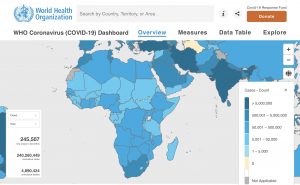
World Health Organization Dashboard
According to their website, the WHO COVID-19 explorer aims to provide frequently updated data visualizations. In fact, it provides key global data points.
The Centers for Disease Control and Prevention (CDC) maintains a website that reports on both data and policy. Separately, it maintains specific tools for different professionals and experts.

